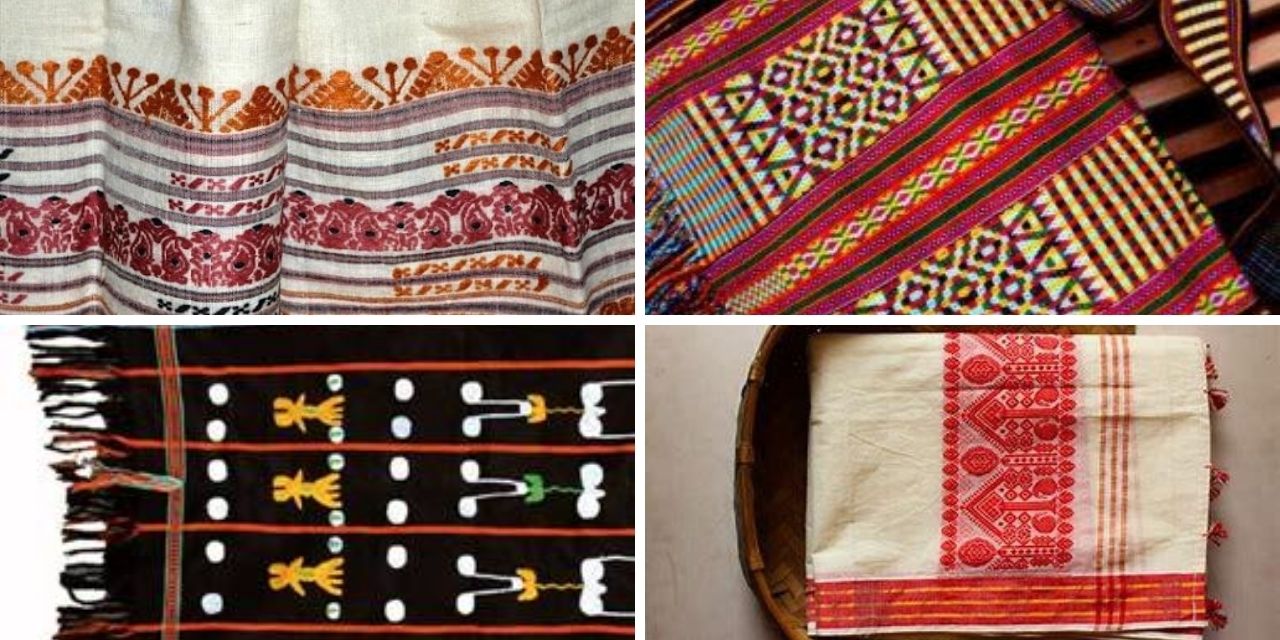Politics
Brocade is the quintessence of handmade textile industry
Over the past decades, we have witnessed great transformations in the field of digital printing in the textile industry. However, handmade weaving has always been a traditional profession that has been associated with traditional culture for generations. Unlike digital textiles, handwoven fabrics are unique. A typical example is brocade fabric. Brocade was born at the same time as the history of each ethnic group in Vietnam for thousands of years.
Brocade is the quintessence of handmade textile industry
In the vocabulary, brocade is a beautiful brocade (brocade) woven fabric of local ethnic minorities (Tho). Brocade material is therefore considered a symbol representing the cultural and spiritual life of ethnic minorities. Each type of brocade fabric has its own culture, associated with the fine customs of the place where it is produced.
To make the finished product, brocade has to go through many stages that require meticulousness and ingenuity of the weavers.
In the traditions of the ethnic minorities, girls from adolescence have started sewing, stripping linen for yarn, dyeing, weaving, and sewing. Brocade fabric is used to make costumes such as dresses, towels, loincloths. The fabric is also used for making blankets and bed sheets. They show ingenuity and are the dowry of a daughter when she returns to her husband’s house.
Later, when tourism developed, brocade was often used as a material for souvenir items such as backpacks, bags, tablecloths, coasters… Hand-weaving techniques gave birth to wonderful fabrics. beautiful with unique colors and patterns.
Brocade fabrics are woven mainly with raw cotton and linen fibers combined with natural dyes. Each ethnic group has its own way of weaving brocade with different patterns. Each type of pattern is associated with the living environment, thereby expressing the typical cultural features of the region.
Currently, fashion designers are very fond of brocade. In Vietnam, the person who started to put brocade on fashion and ao dai in domestic and international shows is designer Minh Hanh. Next is Si Hoang , a designer with a long national and international award winning Ao Dai brand since 1989. Harper’s Bazaar had the opportunity to talk with him about the bright potentials of the brocade textile industry. .
Si Hoang thinks that the inclusion of this fabric in high-end fashion designs is extremely convenient. With the current fashion trend, fashionistas always want to leave a personal impression through each outfit they wear. Brocade fabric is a great tool for fashion lovers to express their own identity.
“The brocade pattern is extremely personal. Each fashion product made from brocade is unique. The 100 dresses of the Hoa H’Mong people are not the same. Each dress represents a girl’s personality and craftsmanship.
“The whole world is chasing sustainable fashion trends. Brocade materials are woven from natural fibers. Dyes are also natural colors. An outfit made from natural fibers takes only a few months to biodegrade in the soil. Besides, after decomposing, they do not affect the environment but also bring benefits to the soil. That is the strength when the fashion industry takes advantage of the strengths of this fabric.”
Seeing the potential of brocade fabrics is not only beneficial in the fashion sector. It also contributes to solving global problems: about the environment, about climate, consumer trends, health… when supporting the slow fashion trend and not using dyes that are harmful to the environment.
Besides bringing into high fashion, brocade motifs can also be applied in graphic designs and used in home decoration such as on ceramic vases, carpets, tea cups, etc.
Designer Si Hoang emphasized: “The brocade pattern “shows off” the craftsman’s skills. The cultural treasures of 54 ethnic groups are like a door that opens up interesting discoveries and learns forever.
To preserve this culture, many localities have restored and developed brocade weaving in ethnic communities. In fact, most of Vietnam’s brocade products are made by the H’Mong ethnic group, mainly craftsmen in Ha Giang, Bac Ha, or the Central Highlands. Some localities have policies to lend capital and organize vocational training classes.
The biggest difficulty at present is that the product does not have a stable output and is only for tourism. In order to preserve and promote the economic and cultural values of Vietnam’s brocade weaving, more supportive policies are needed in terms of market and product promotion.
Designer Si Hoang used to participate in Sakura Collection, a fashion design competition in Japan. The event brings together designers from across Asia. Products bearing the imprint of each country’s culture, however, are made on the basis of kimono fabric. He said: “If Vietnamese brocade is included in major fashion design competitions, this material will come closer to the world”.
Preserve the traditional brocade weaving while preserving the national cultural values and at the same time contributing to the socio-economic development of the locality. In addition, the current fashion industry honors indigenous cultural elements. Brocade exploitation is an opportunity to open the door to the international market for Vietnamese designers.
You can click on the link below to owning our products
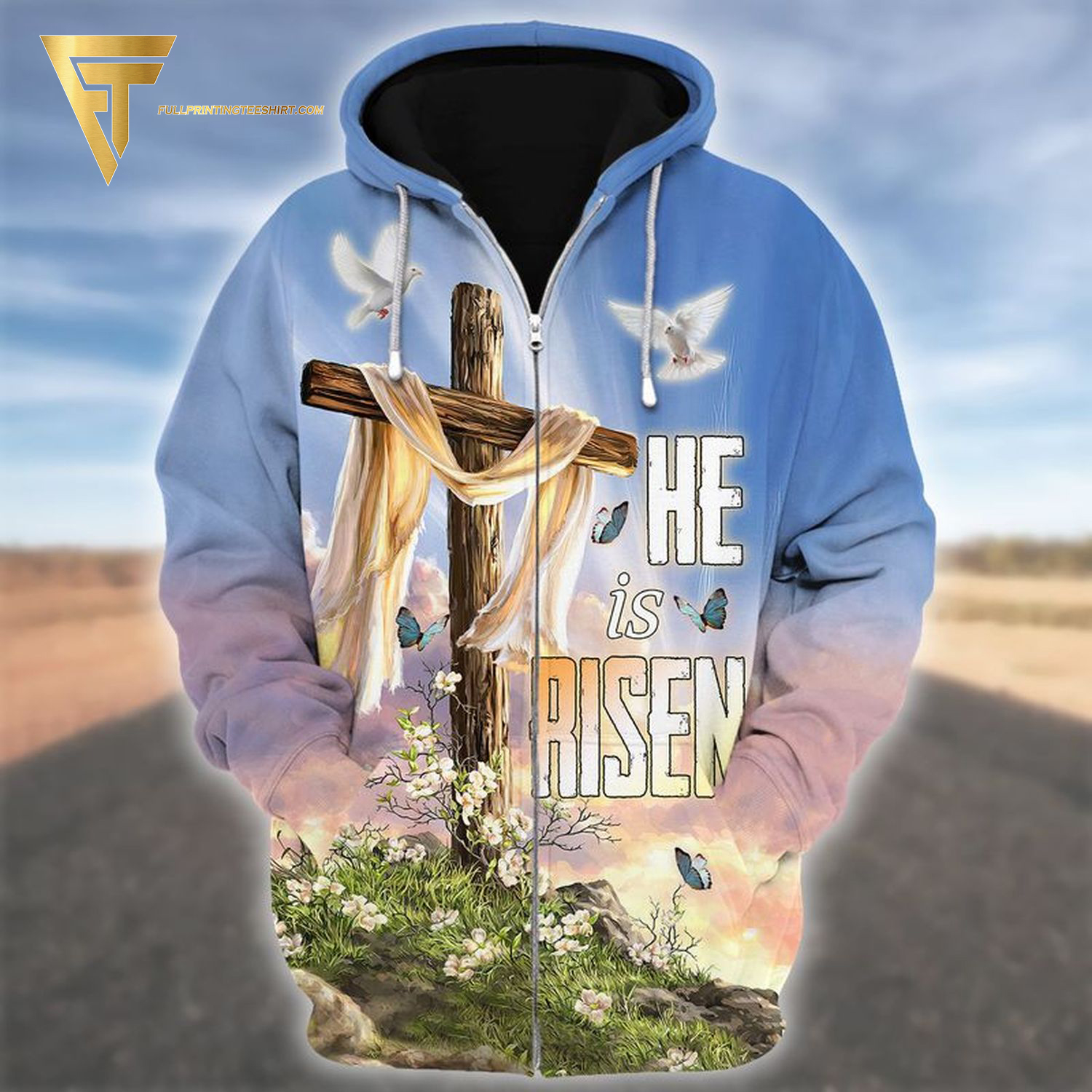
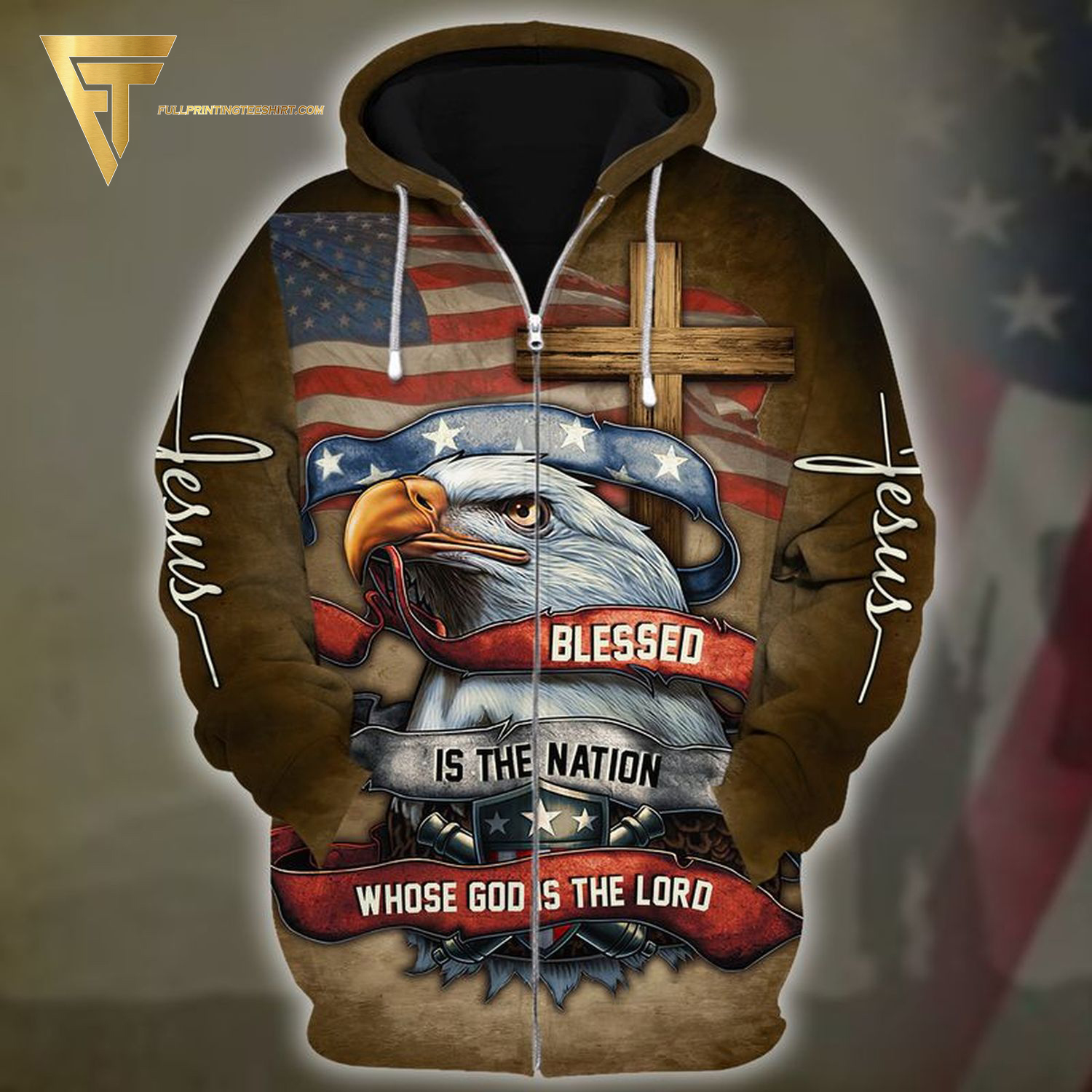
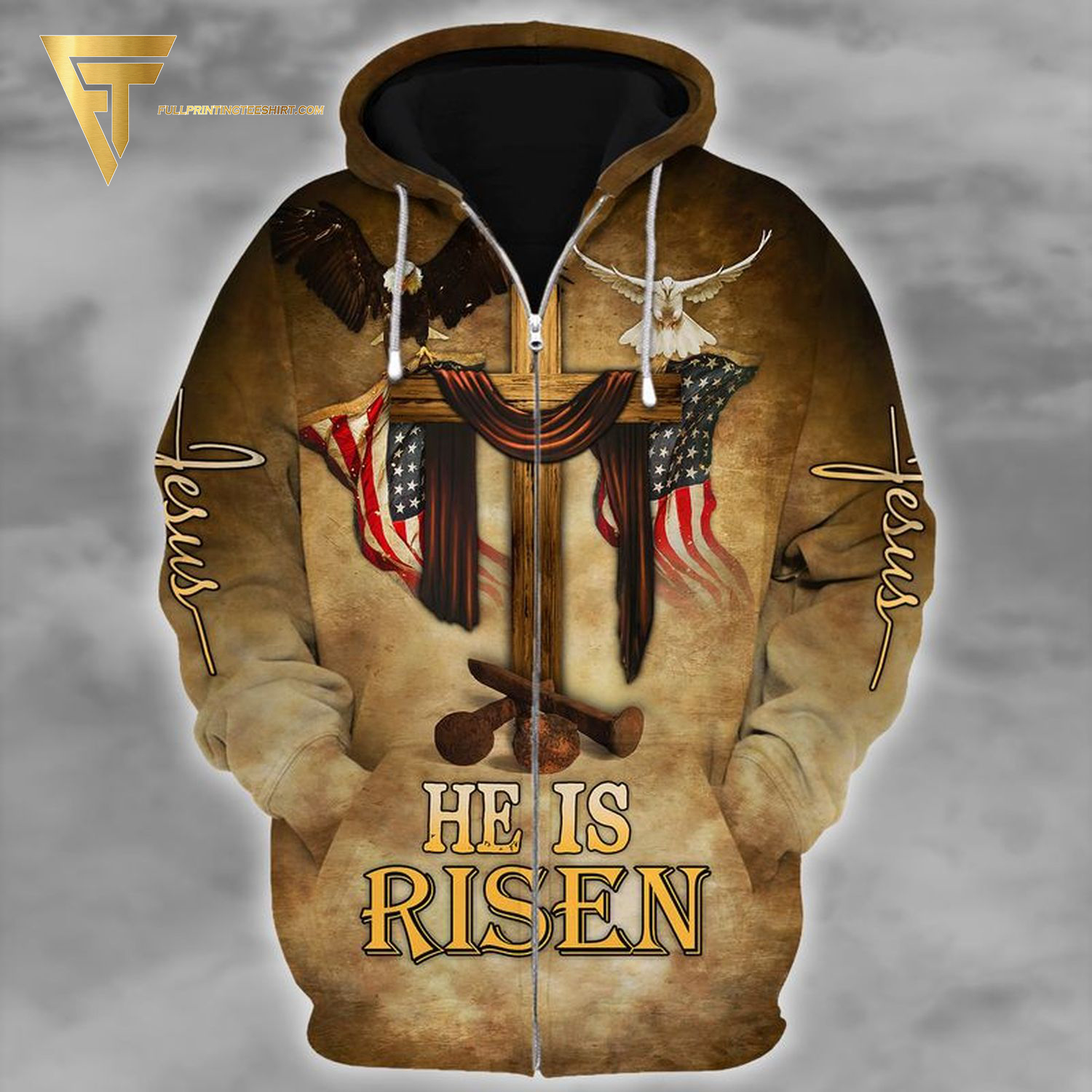
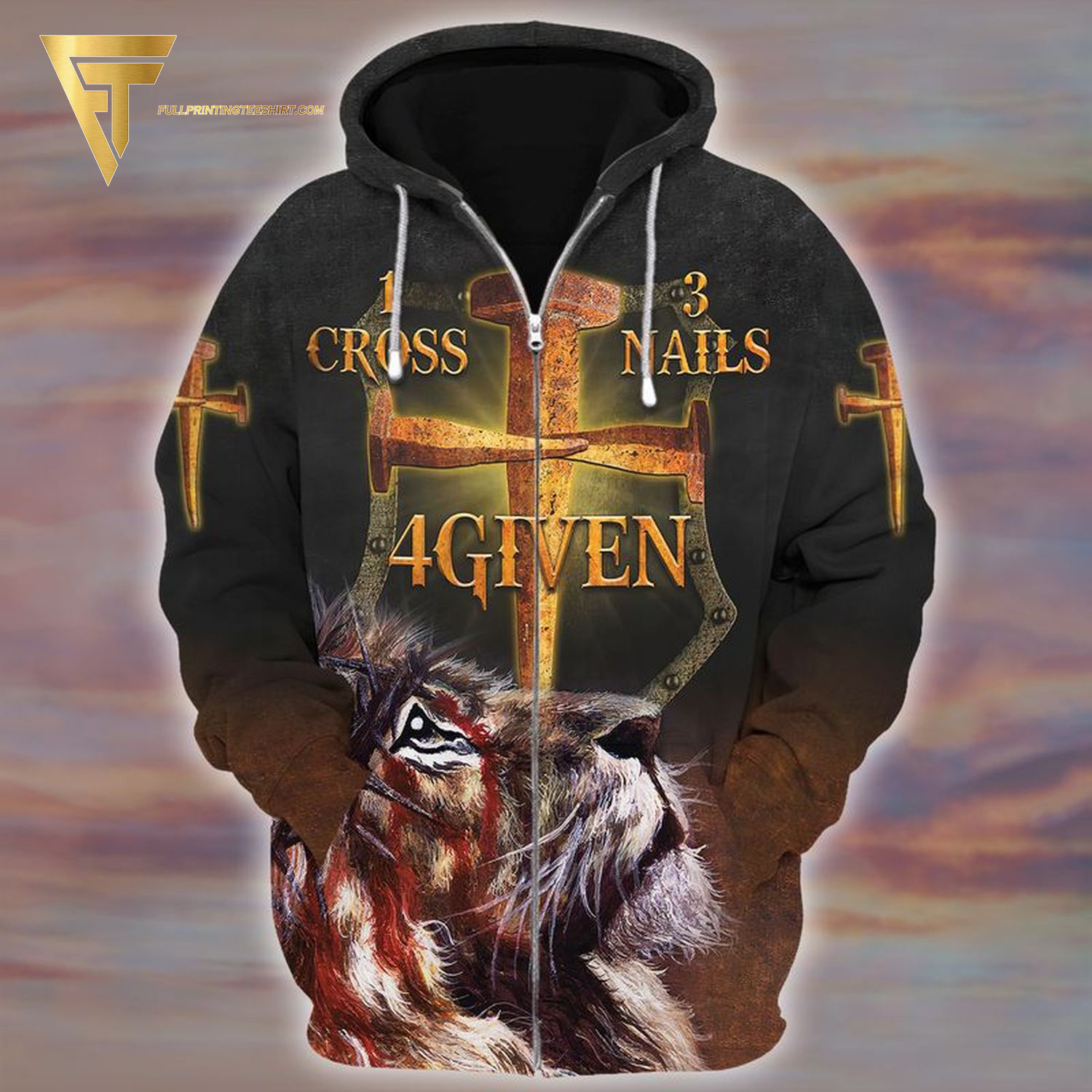
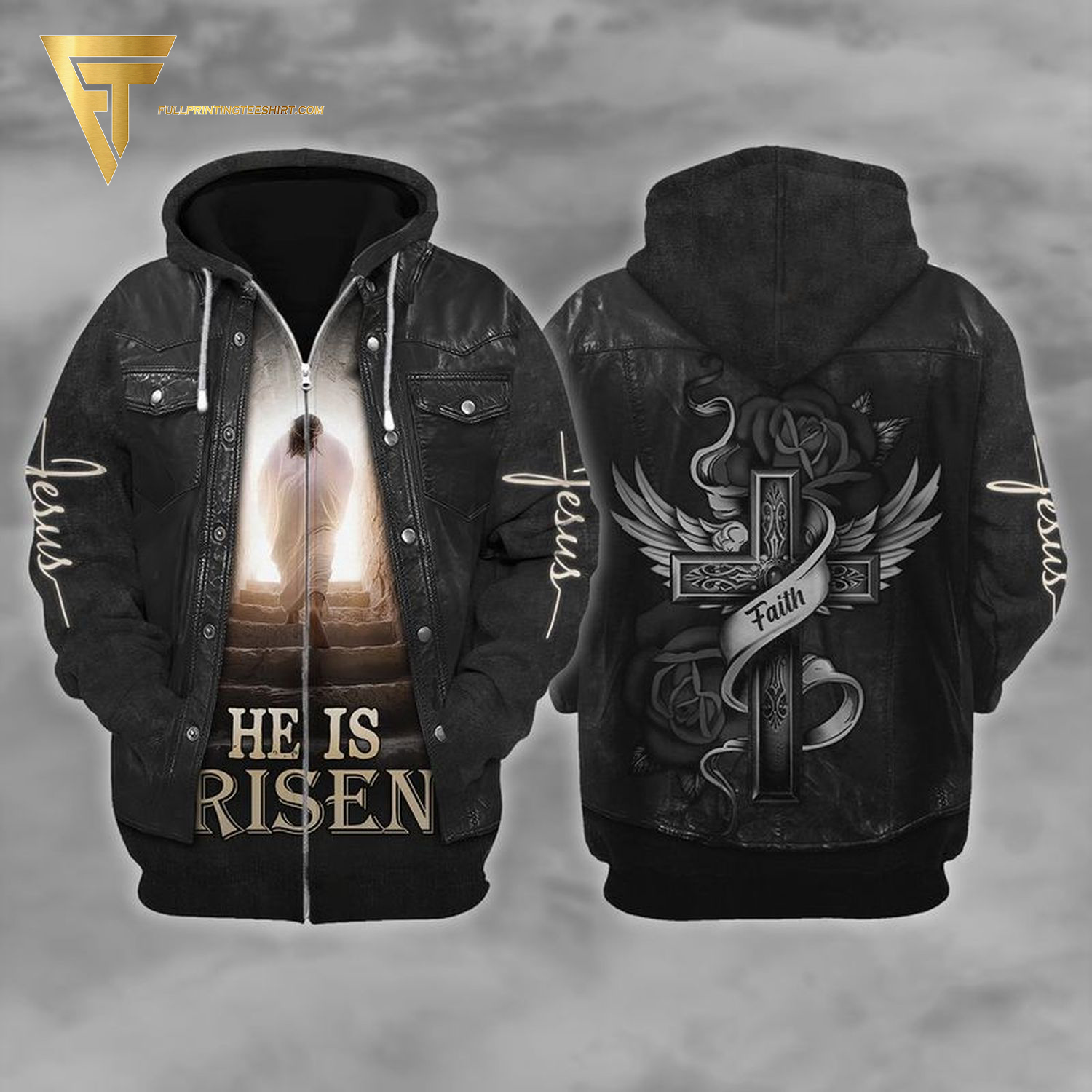
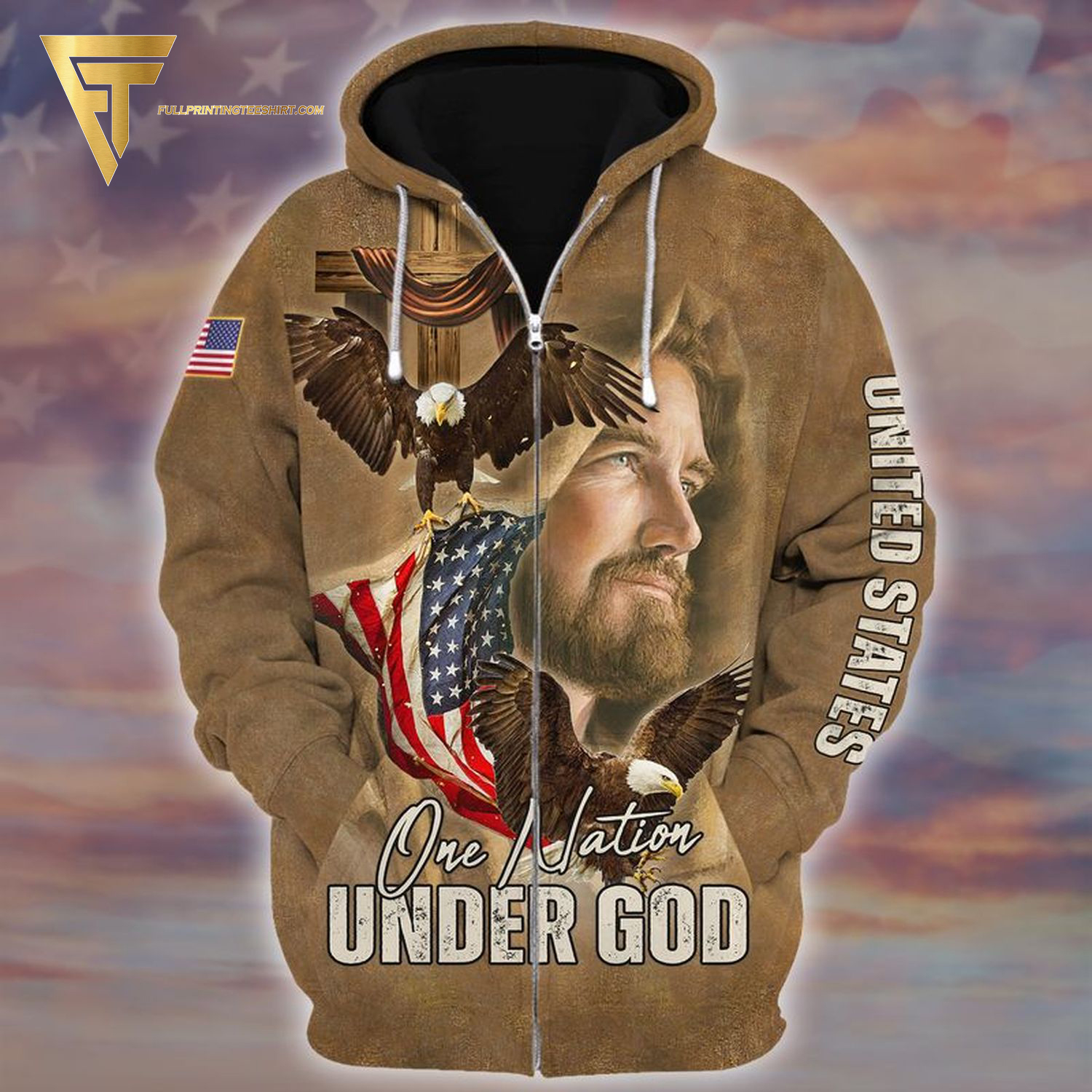
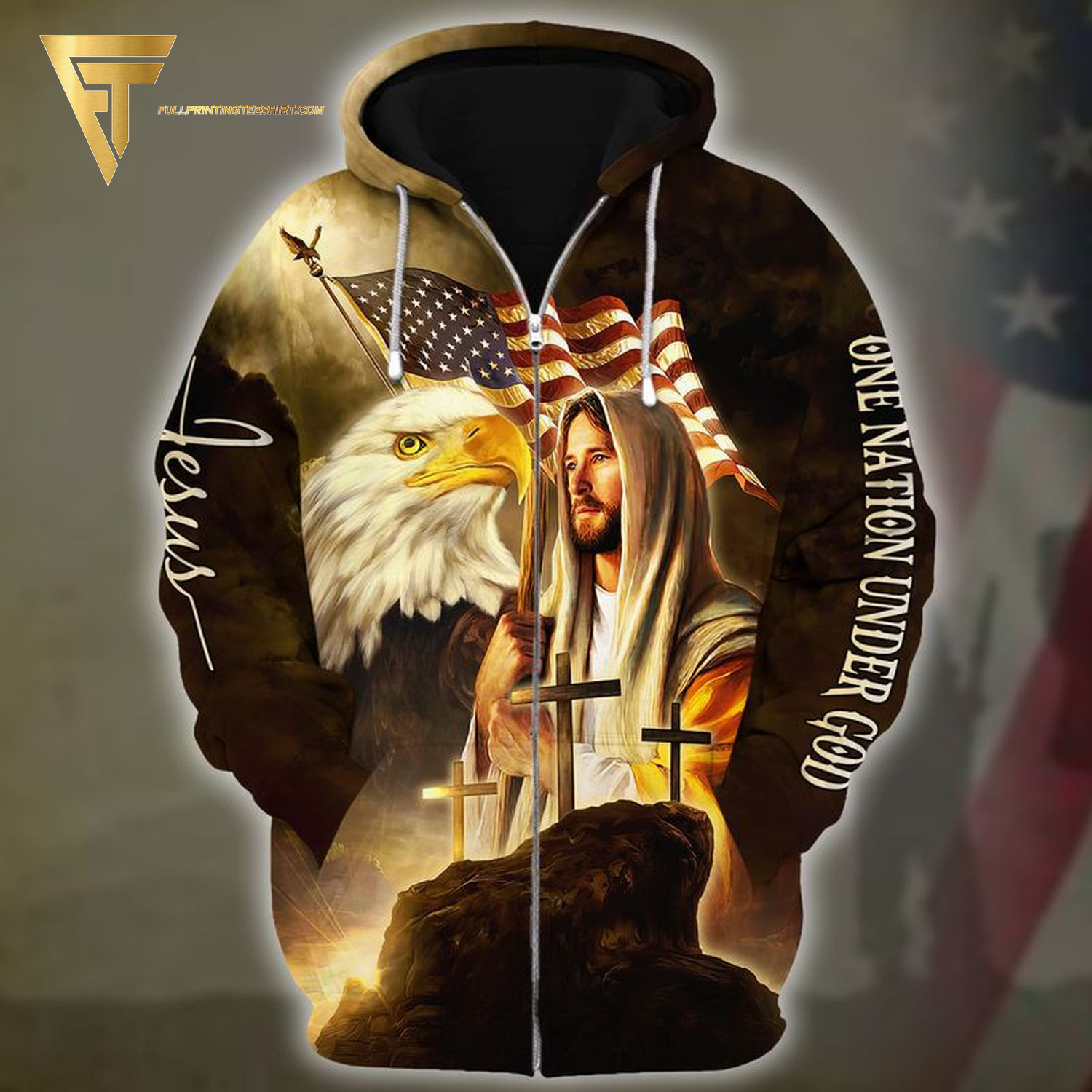
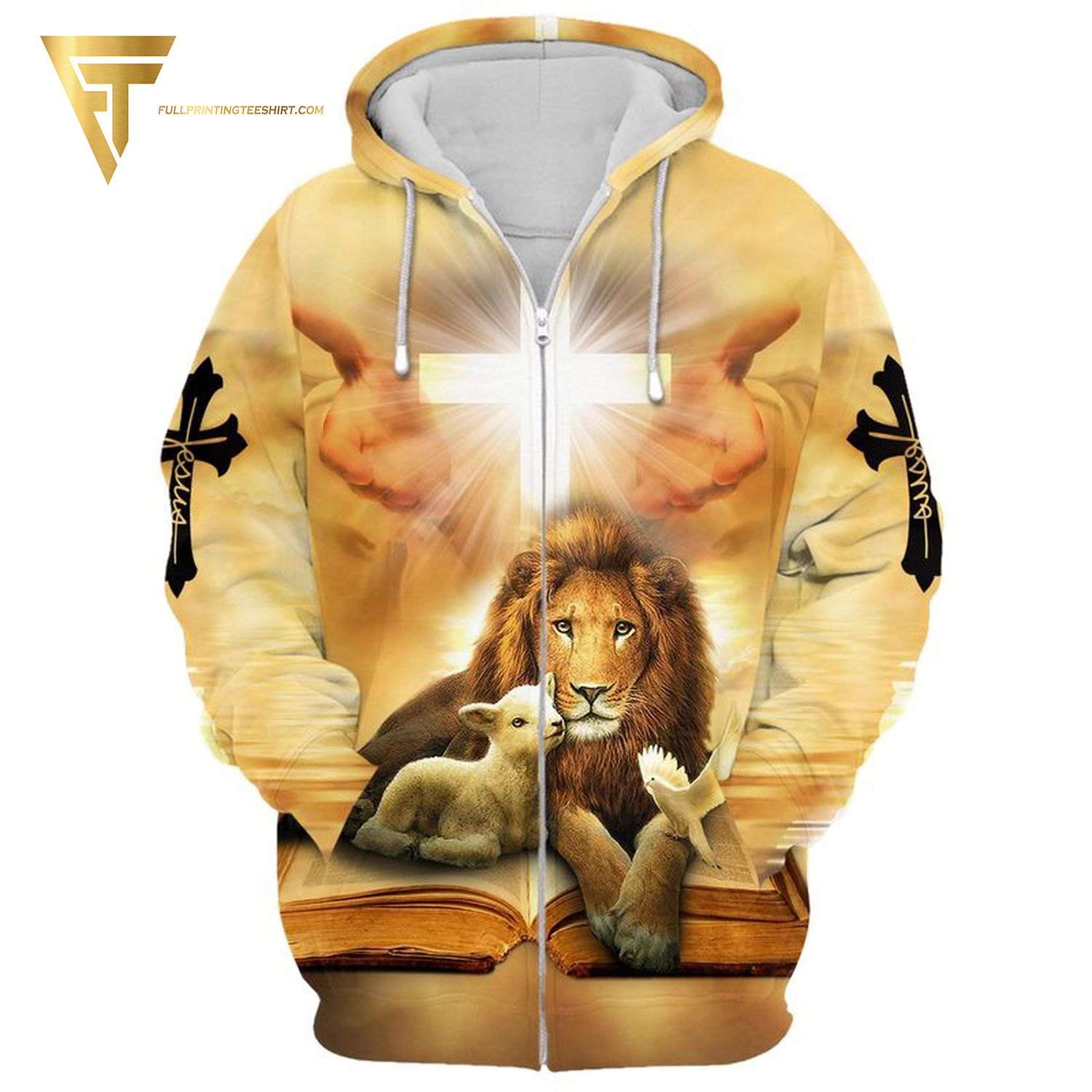
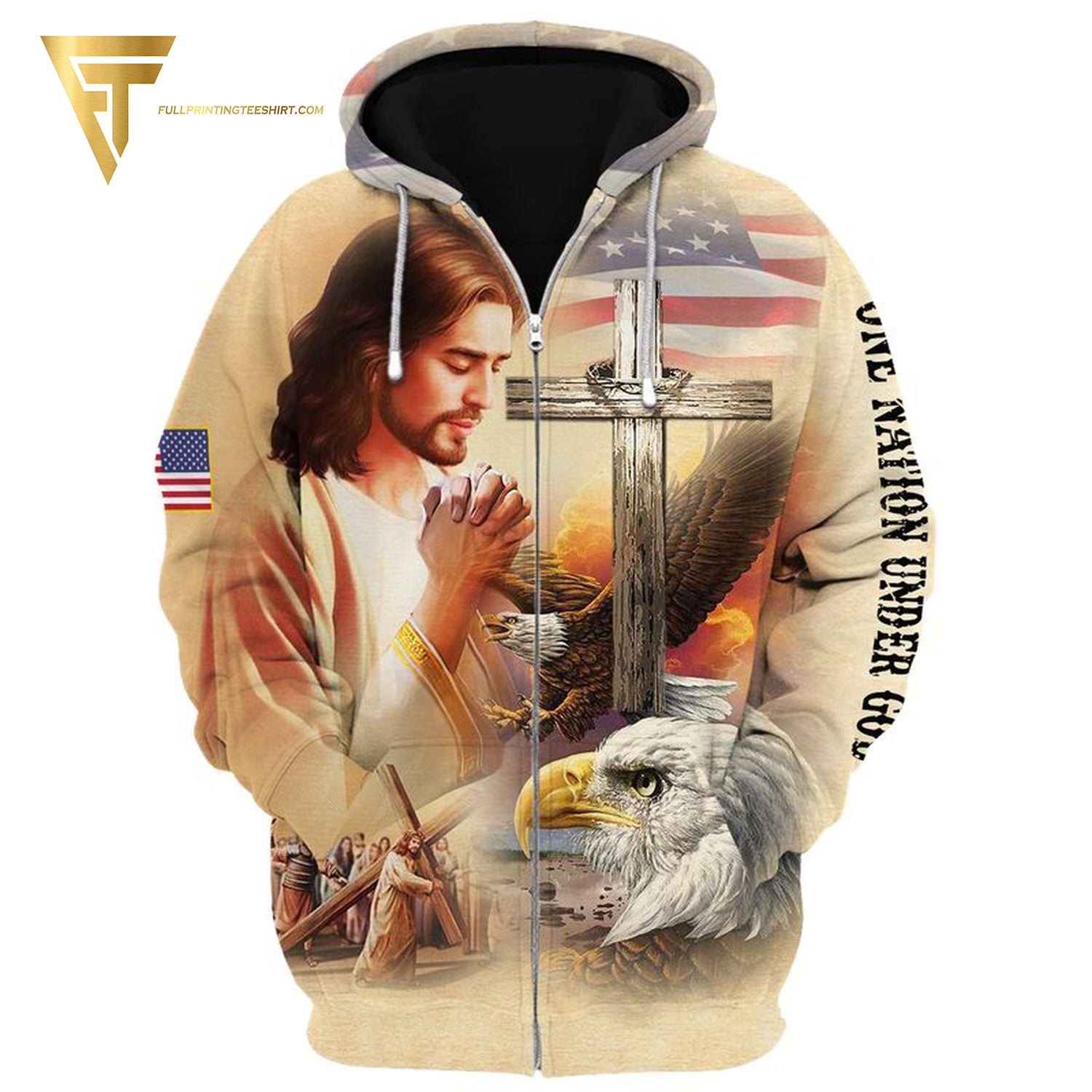
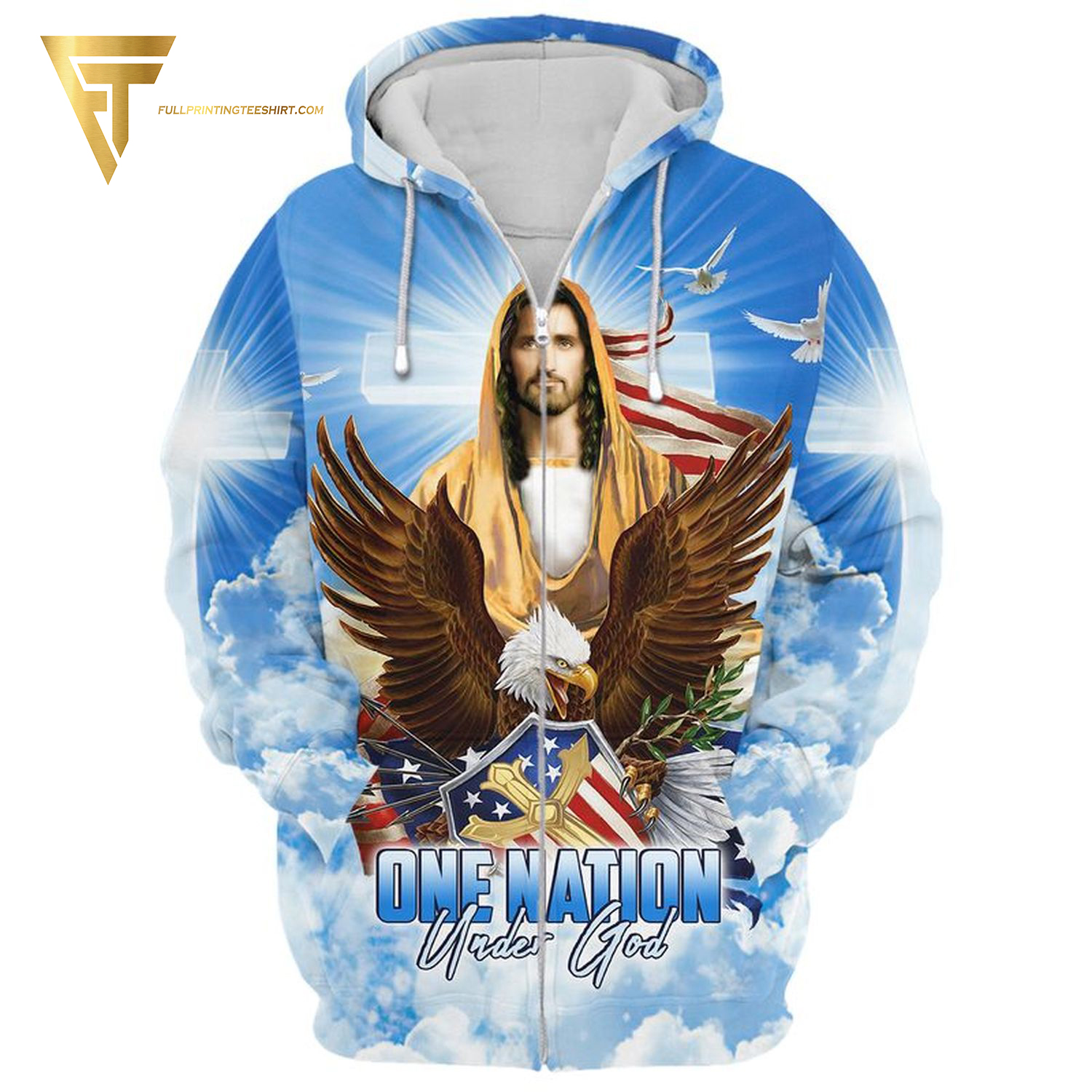
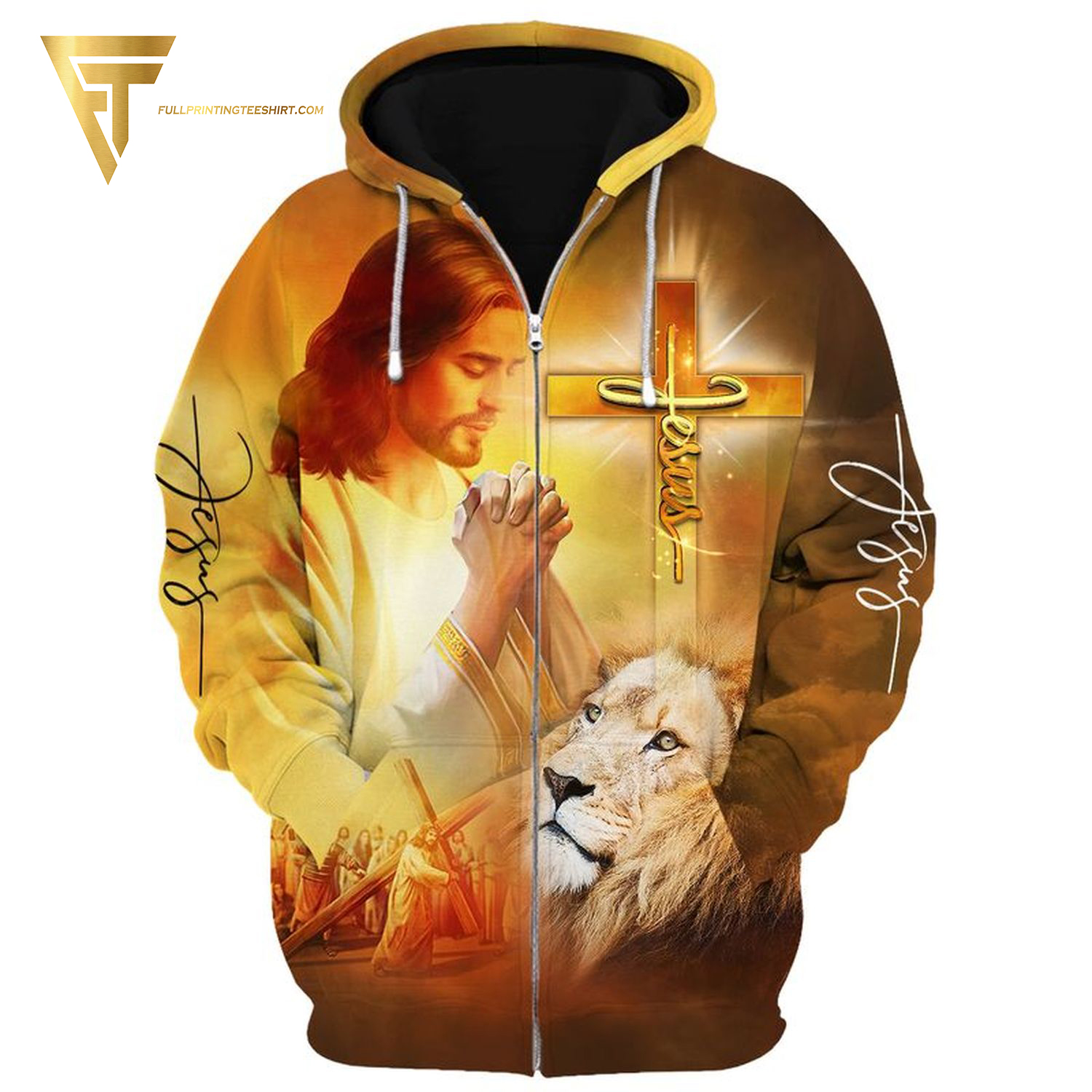
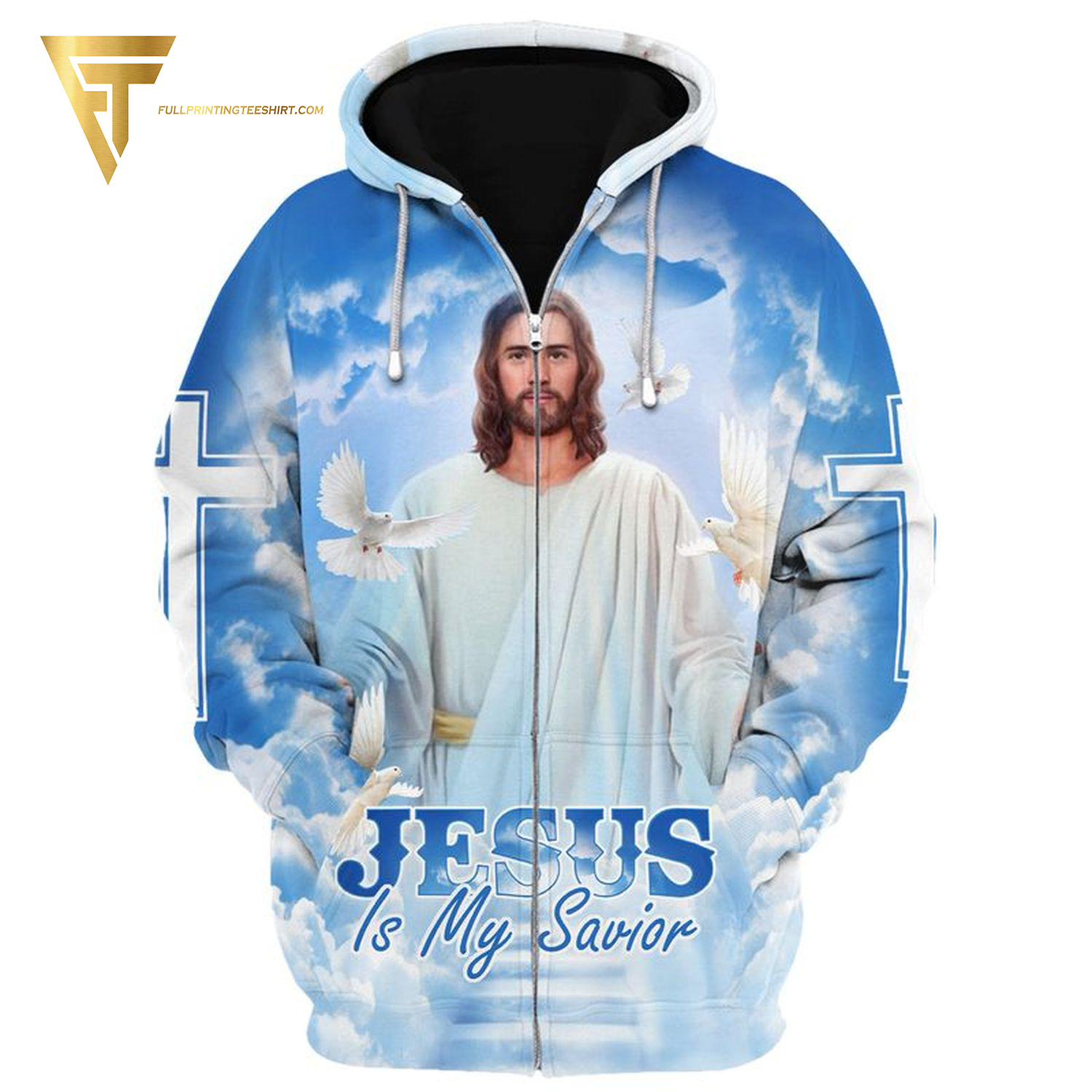
Connect us at:
Collection: Viking
Homepage: Fullprintingteeshirt Store


